Archives
- 2025-12
- 2025-11
- 2025-10
- 2025-09
- 2025-03
- 2025-02
- 2025-01
- 2024-12
- 2024-11
- 2024-10
- 2024-09
- 2024-08
- 2024-07
- 2024-06
- 2024-05
- 2024-04
- 2024-03
- 2024-02
- 2024-01
- 2023-12
- 2023-11
- 2023-10
- 2023-09
- 2023-08
- 2023-06
- 2023-05
- 2023-04
- 2023-03
- 2023-02
- 2023-01
- 2022-12
- 2022-11
- 2022-10
- 2022-09
- 2022-08
- 2022-07
- 2022-06
- 2022-05
- 2022-04
- 2022-03
- 2022-02
- 2022-01
- 2021-12
- 2021-11
- 2021-10
- 2021-09
- 2021-08
- 2021-07
- 2021-06
- 2021-05
- 2021-04
- 2021-03
- 2021-02
- 2021-01
- 2020-12
- 2020-11
- 2020-10
- 2020-09
- 2020-08
- 2020-07
- 2020-06
- 2020-05
- 2020-04
- 2020-03
- 2020-02
- 2020-01
- 2019-12
- 2019-11
- 2019-10
- 2019-09
- 2019-08
- 2019-07
- 2019-06
- 2019-05
- 2019-04
- 2018-11
- 2018-10
- 2018-07
-
In the past few years we and
2019-10-21
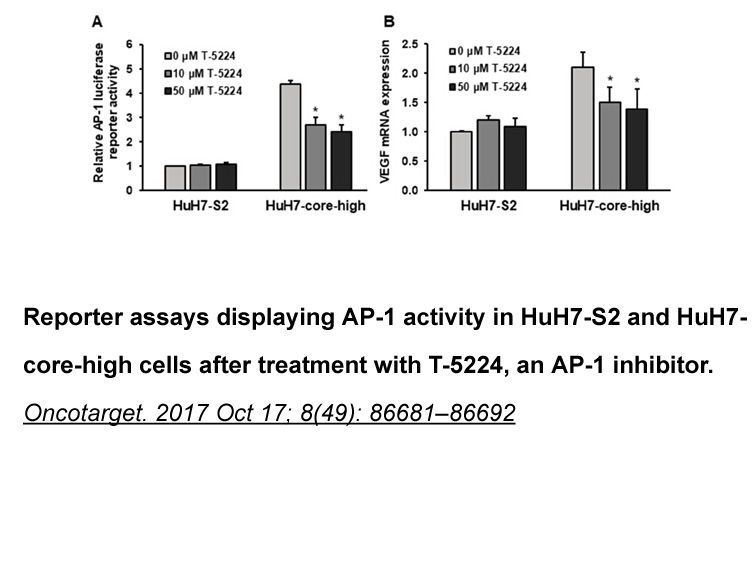
In the past few years we and others have reported that GLP-1 may also be secreted by sub-populations of alpha PTC-209 in human pancreatic islets (Marchetti et al., 2012, Ellingsgaard et al., 2011), which could contribute to beta cell function and survival (Marchetti et al., 2012, Ellingsgaard et al
-
Some family I DNA ligases can use dATP as
2019-10-21
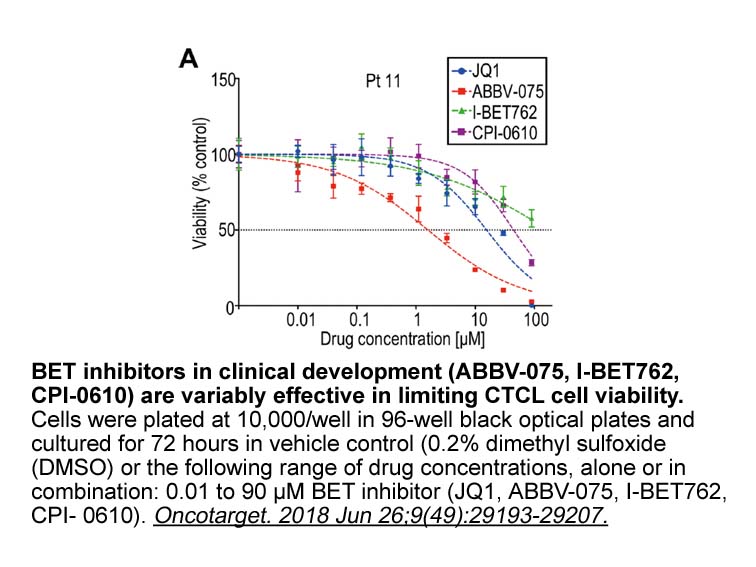
Some family I DNA ligases can use dATP as nucleotide cofactor. For instance, human LiCl I uses dATP with a catalytic efficiency that is only 36-fold lower in comparison to ATP [9]. EhDNAlig is unable to use dATP as a nucleotide cofactor, indicating a more constrained active site in comparison to hu
-
Cysteine protease activities have been suggested to be impor
2019-10-21

Cysteine protease activities have been suggested to be important for Giardia’s pathogenesis [[11], [12], [13],16,18,19,21,28,29,35]. Recently several giardial CPs were shown to be released during host cell interactions [9,10]. The three major released CPs have recently been shown to be involved in t
-
For human health risk assessment
2019-10-21
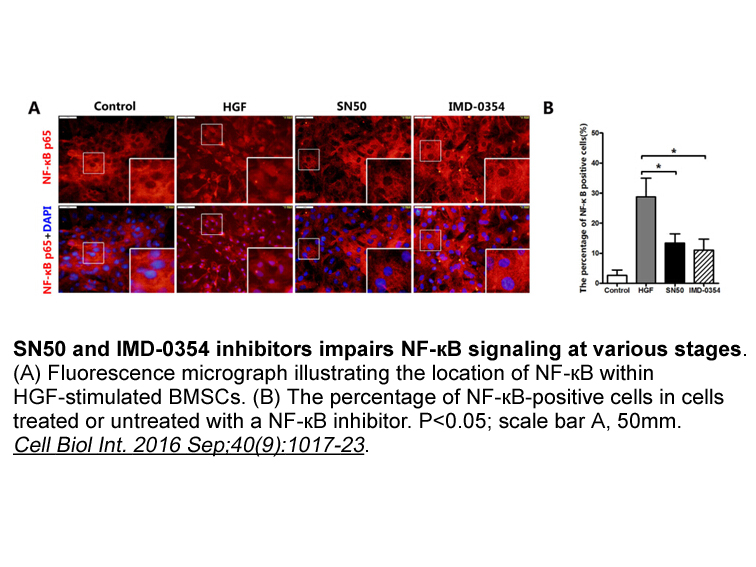
For human health risk assessment of chemicals, a default uncertainty factor (UF) of 3.16 is used to capture inter individual variation in toxicokinetics (Dorne and Renwick, 2005). However, the scientific background for this default UF remains unsatisfactory., Several studies have reported that a fac
-
The present study manipulated dopaminergic functioning by
2019-10-21
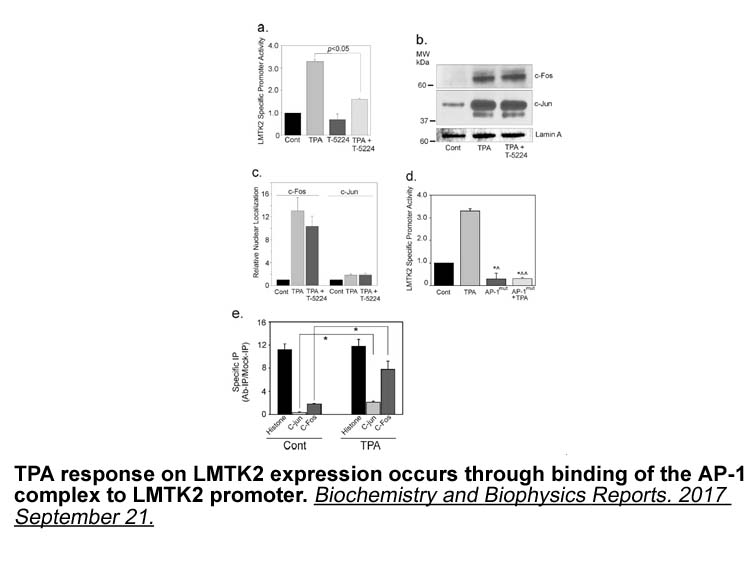
The present study “manipulated” dopaminergic functioning by examining genetic variation related to the catechol-O-methyltransferase (COMT) gene. The gene transcribes the COMT enzyme involved in degradation of released dopamine in the frontal cortex. COMT is primarily localized to the frontal cortex
-
We found all cases to show at least some IGF
2019-10-21
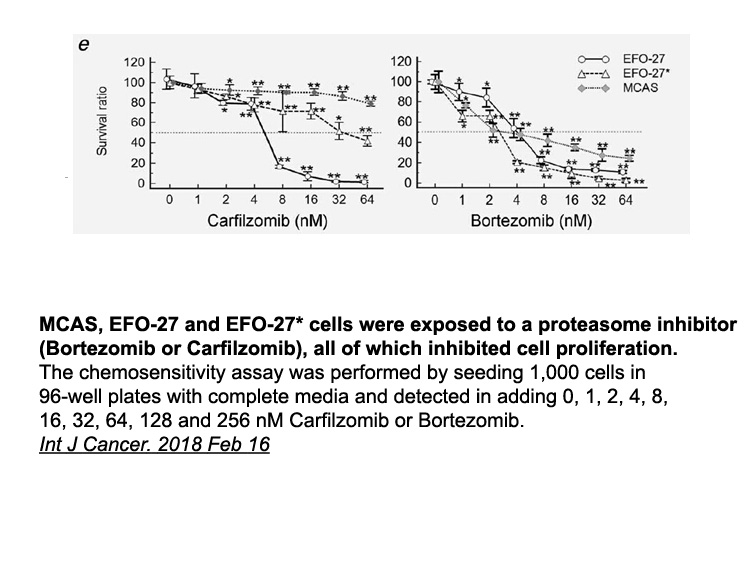
We found all cases to show at least some IGF-1R expression by immunohistochemistry. This is consistent with its ubiquity at the mRNA or protein level in ES/PNET cell lines or clinical samples as shown by others.12, 14 Evidence that IGF-1R expression is required for EWS-FLI1 transformation of mouse f
-
br Materials and Methods br Author
2019-10-21
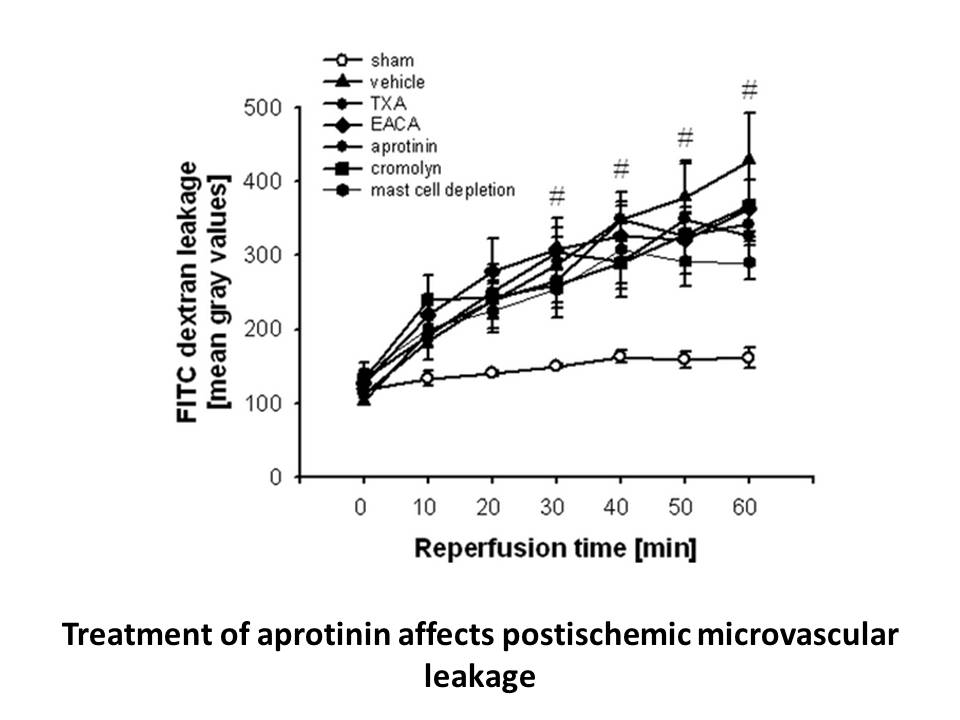
Materials and Methods Author Contributions Conflicts of Interest Acknowledgments This work was sponsored by the National Natural Science Foundation of China (81802517), the Integrated Traditional Chinese and Western Medicine of Shanghai (ZHYY-ZXYJHZX-1-03), the Clinical Research Program
-
br Thy nephritis is one
2019-10-21

Thy1.1 nephritis is one of the most commonly used models to study the course of immunoglobulin A and other mesangioproliferative nephropathies. To date, most of the studies have focused on mesangial and, to a lesser extent, endothelial cell recovery following capillary damage, whereas data concern
-
ppar agonist Prostaglandins PGs in particular PGE and PGF pl
2019-10-21
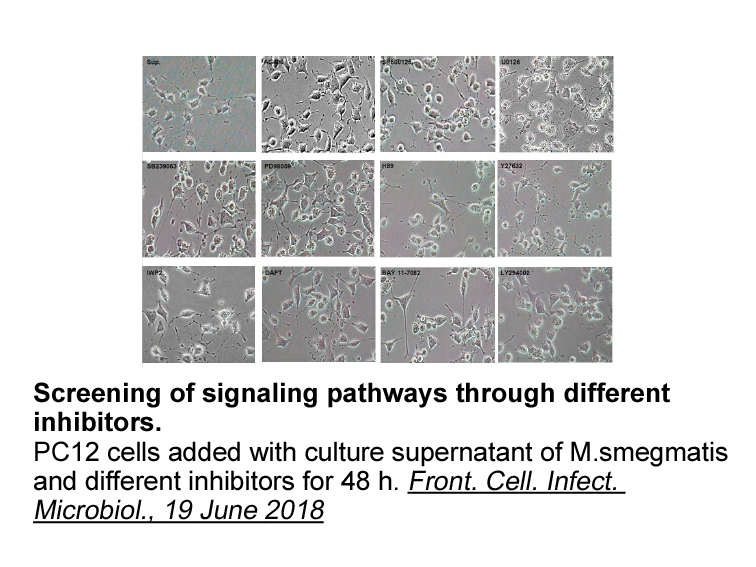
Prostaglandins (PGs), in particular PGE2 and PGF2α, play pivotal roles in human parturition by stimulating cervical ripening, myometrial contraction and fetal membrane rupture (Challis et al., 1997). In human pregnancy, the amnion is the principle source of PGE2 (Duchesne et al., 1978). In the amnio
-
br Activatable MRI probes MRI is
2019-10-21
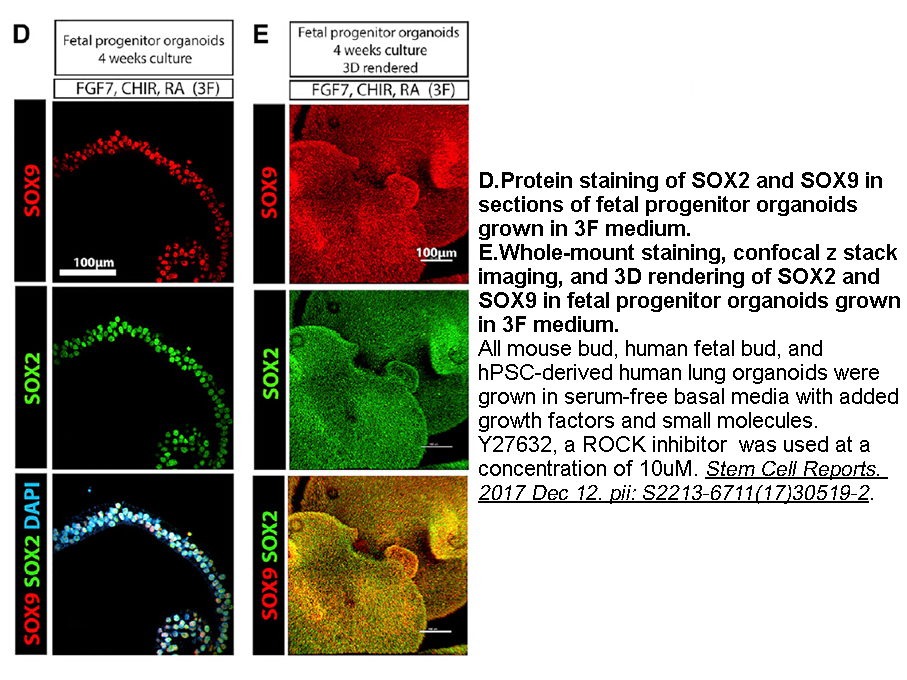
Activatable MRI probes MRI is commonly used in clinics around the world and has the advantages of outstanding tissue-penetration depth and extremely high spatial resolution for in vivo imaging [33]. MRI has relatively poor sensitivity and usually requires motilin receptor agonist agents to enhan
-
br Materials and methods BAECs CAB Toyobo Life Science
2019-10-21

Materials and methods BAECs (CAB30405, Toyobo Life Science, Osaka, Japan) were cultured in Dulbecco’s Modified Eagle Medium supplemented with 10% Fetal Bovine Serum (04-001-1A-US, Biological Industries, Kibbutz Beit Haemek, Israel) and 1% antibiotic-antifungal agent containing 10,000-μg/mL penici
-
br Marginal zone lymphoma Marginal zone
2019-10-21
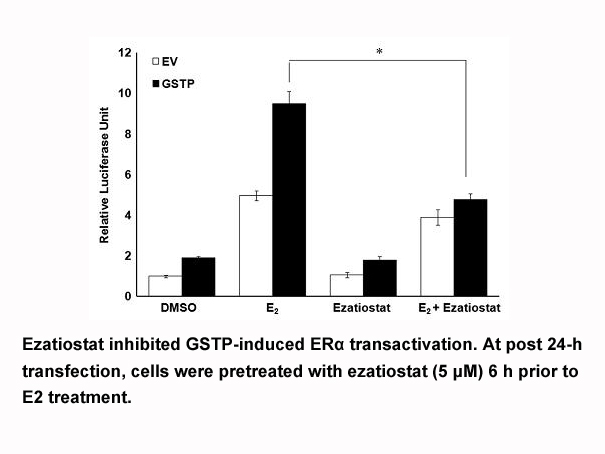
Marginal zone lymphoma Marginal zone lymphoma (MZL) comprises three lymphoma entities that arise from the marginal zone surrounding the germinal center: extranodal MZL or mucosa-associated lymphoid tissue (MALT), splenic MZL, and nodal MZL. Deep sequencing of nodal MZL patients found that 5/35 (1
-
As CP is a crucial player in centriole duplication
2019-10-21

As CP110 is a crucial player in centriole duplication, it is intriguing to ask whether centriole duplication would also be affected in the absence of the CP110-stabilizing effects of USP33. Li et al.[4] found that USP33 depletion did not inhibit normal centriole duplication through loss of centriole
-
These data from developing brain are in contrast
2019-10-21

These data from developing Oseltamivir phosphate are in contrast to noradrenergic receptor regulation in the adult brain. In adult animals, a persistent increase in the α2-AR high affinity state is elicited as a result of DSP-4 lesion or reserpinization, as measured by [3H]clonidine binding to memb
-
br Pre clinical combination studies using CSF
2019-10-19
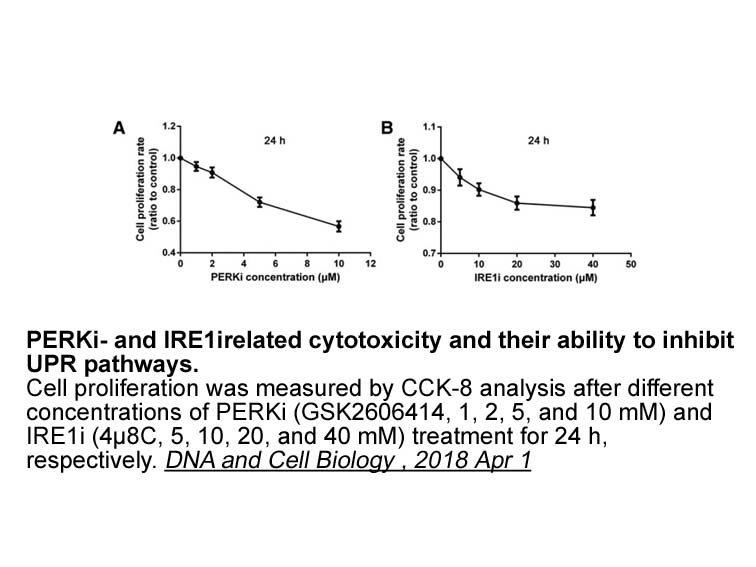
Pre-clinical combination studies using CSF-1/CSF-1R inhibitors In preclinical models, the CSF-1R pathway can be blocked by using either small molecule kinase inhibitors (GW2580 [30], PLX3397 [31], Ki20227 [32], BLZ945 [33] and CYC11645 [34]), antibody-mediated inhibition of CSF-1 using 5A1 [35] o
16012 records 941/1068 page Previous Next First page 上5页 941942943944945 下5页 Last page